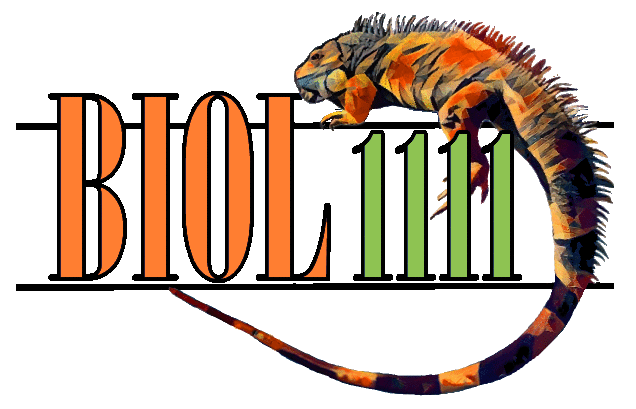|
Allometry
The study of the growth of part of an organism in relation to the growth of the entire organism. |
|
Ambient Temperature
The temperature of the surrounding environment |
|
Bergmann’s Rule
The body size of animals living in cold climates tends to be larger than in animals of the same species living in warm climates. Animals with larger bodies are generally more massive and thus produce more body heat. They also have smaller surface areas relative to their mass, resulting in a relatively lower rate of heat radiation. |
|
Cellular (Aerobic) Respiration
Complete oxidation of glucose to CO2, in the presents of O2, producing ATP |
|
Cellular Respiration (Anaerobic)
Cellular respiration using an electron receptor other than O2 |
|
Ectotherm.
An animal that obtains body heat primarily from its external environment. |
|
Endotherm.
Animal that maintains its body temperature by using heat generated from its own metabolism; birds and mammals. |
|
Homeotherm.
Animals that maintain a reasonably constant body temperature independent of the immediate environmental temperature. |
|
Metabolic Rate
The rate at which an organism's metabolism (The sum of an organism's biochemical reactions that acquire and use energy.) takes place. |
|
Poikilotherm.
Animals with body temperatures that fluctuate with the temperature of the immediate environment. |
|
Scaling
A range of values forming a standard system for measuring or grading something |
|
Thermal Neutral Zone.
The temperature range over which some organisms can maintain their temperature without appreciably changing their metabolic rate. |
|
Thermogenesis.
Mechanism by which an organism generates and uses heat metabolically |
